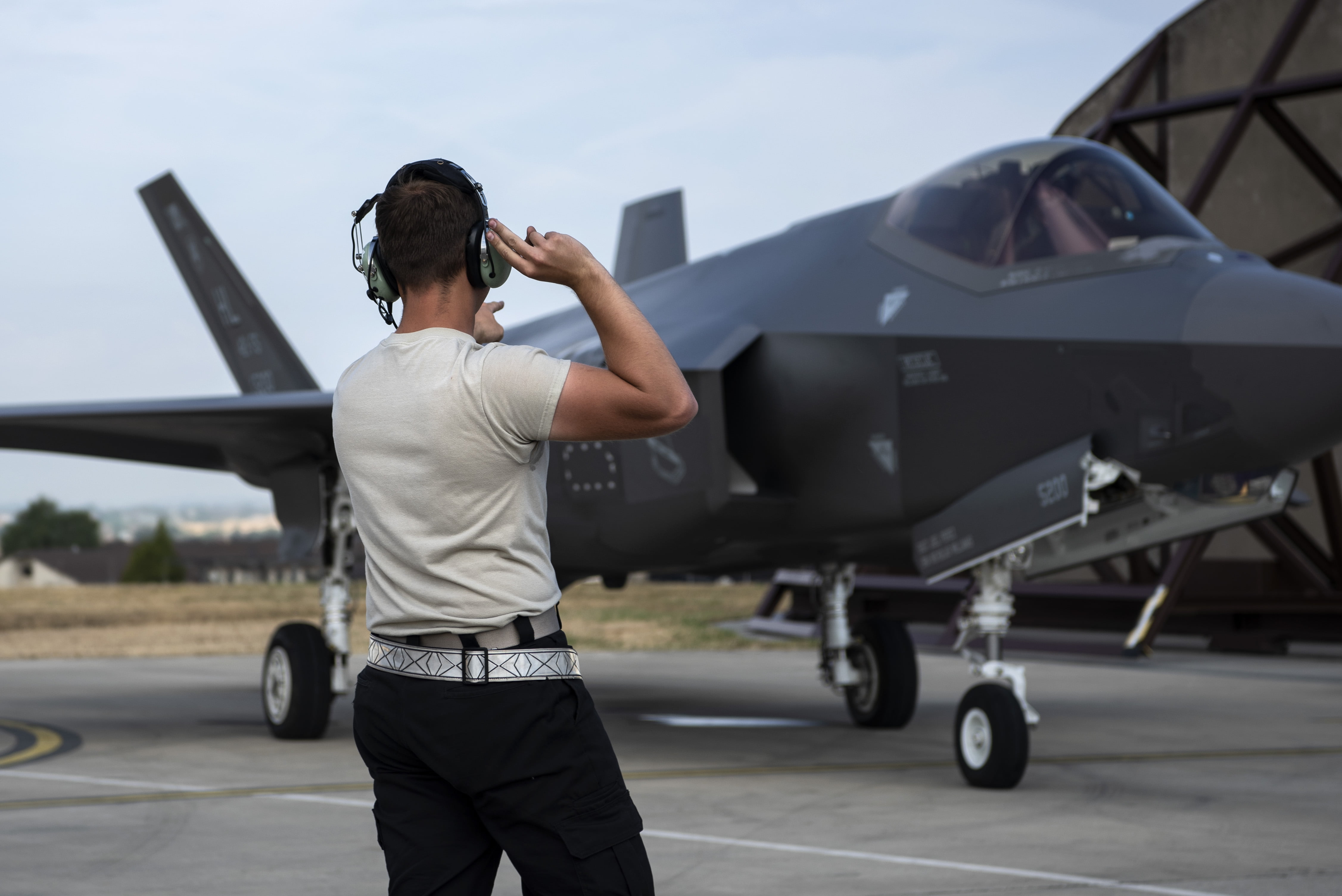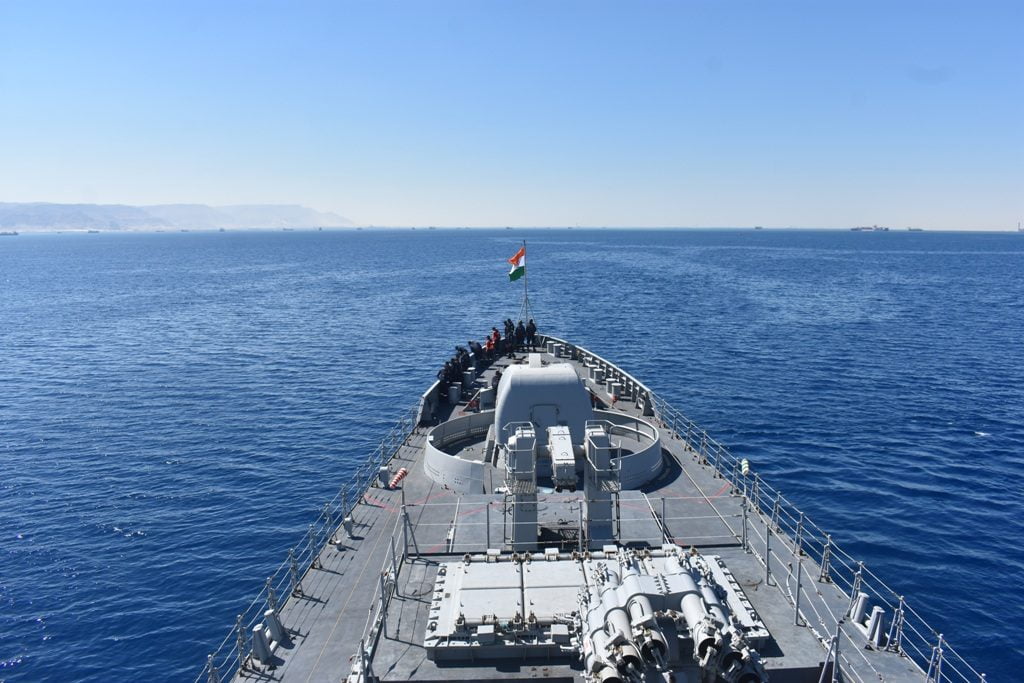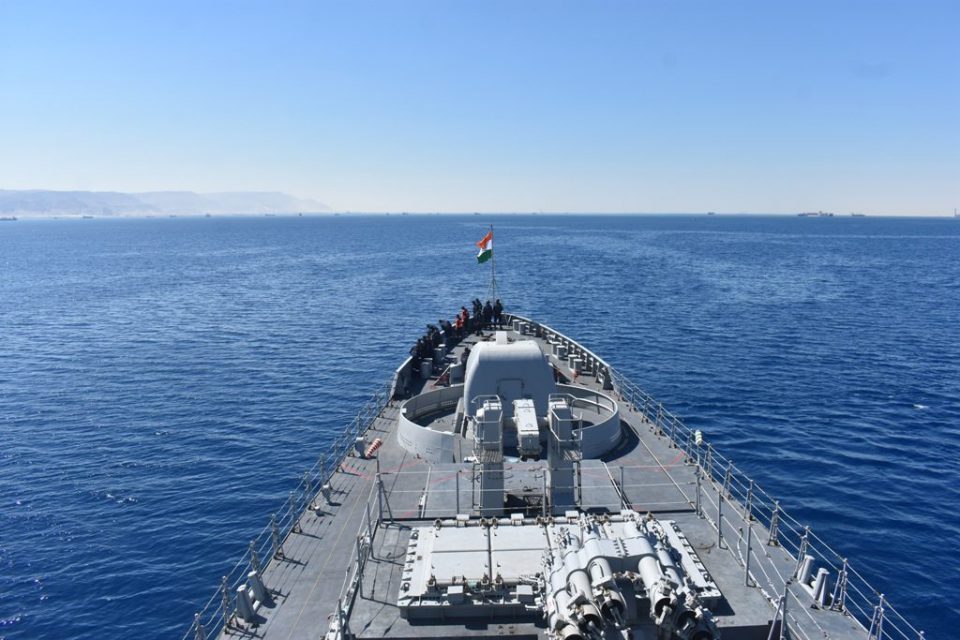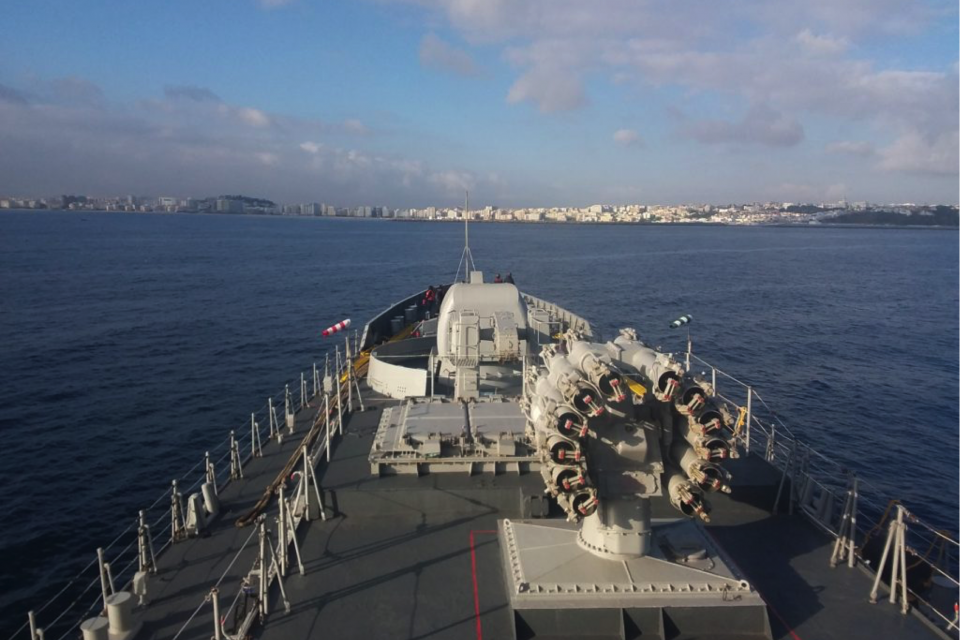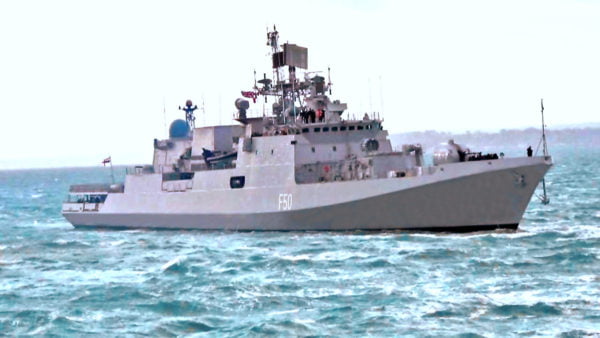by Richard Weitz
From July 8-11, there was a chance to attend and participate in the Eighth World Peace Forum in Beijing, organized by Tsinghua University in partnership with the Chinese People’s Institute of Foreign Affairs.
Wang Qishan, Vice President of the People’s Republic of China, delivered the opening keynote, focusing his remarks on criticizing protectionism and other U.S. policies.
At a private panel on “International Security Governance,” our international security sub-group discussed areas of potential Chinese-U.S. conflict and cooperation.
At a well-attended public panel on “International Arms Control and Arms Racing,” I joined several other speakers on the question of how to modernize Cold War arms control regimes and practices in response to novel contemporary security challenges, especially the advent of new weaponry and the proliferation of strategic capabilities to additional countries.
The other panelists included General (ret.) Yao Yunzhu, former director of the Center on China-America Defense Relations within the Academy of Military Sciences; Andrey Kortunov, Director General of the Russian International Affairs Council; and Joseph DeTrani, former U.S. Special Envoy to the Six-Party Talks on Korean Denuclearization.
The debate on the second panel focused on restructuring China’s role in what has traditionally been Russian-U.S. dominated field of dialogues and treaties.
This restructuring is especially challenging given the unfavorable contemporary climate for international arms control due to Russian and U.S. withdrawals from some existing agreements, mutual accusations of cheating, and intensified great power competition between the United States and China as well as Russia.
Chinese officials have long urged the Russian Federation and the United States to make considerably greater progress toward nuclear disarmament.
Meanwhile, they have only suggested—without ever making concrete commitments—that Beijing might join the reductions process if Russia and the U.S. cut their forces to very low levels.
For example, in May 2019, Chinese Foreign Ministry spokesperson Geng Shuang argued that the PLA’s “nuclear force is always kept at the minimum level required by national security, with an order-of-magnitude difference from that of the US and Russia.”
Therefore, he continued, “We oppose any country’s attempt to make an issue out of China on arms control and will not participate in any negotiation for a trilateral nuclear disarmament agreement.”
Instead, Geng insisted that “the pressing task … is for the countries which hold the world’s largest nuclear arsenals (i.e., Russia and the United States) to adhere to the consensus reached by the international community to earnestly fulfill their special and primary responsibilities in nuclear disarmament,” which might eventually “create conditions for other countries’ (i.e., China’s) participation in nuclear disarmament.”
Chinese scholars have also argued that their country’s no-first-use declaration, i.e., pledging not to employ nuclear weapons preemptively against other countries unless that have not launched them against China, should compensate for Beijing’s refusal to commit to nuclear arms reductions.
The Chinese government has highlighted this position at various international events and partly operationalized the policy by not placing nuclear warheads on missiles during peacetime.
Yet, this stance is primarily declarative, unenforceable, reversible, and vulnerable to changes in the strategic environment.
President Trump, Secretary of State Michael Pompeo, and other U.S. officials have suggested that they might consider extending the New START Treaty (which limits Russian and U.S. long-range strategic nuclear forces) for a few more years after its 2021 expiration with the expectation, as President Trump put it, that “China will be added down the road.”
However, certain U.S. officials, as well as some members of Congress, have said that they will no longer support future nuclear arms control treaties that do not include China.
Whatever happens with New START, several developments have made it increasingly difficult to exempt China from future strategic arms control negotiations.
China clearly has the economic and technical capacity to quickly increase its nuclear arsenal.
Additionally, the expanding capabilities of People’s Liberation Army (PLA) have already disrupted Russian-U.S. arms control.
The failure of the 1987 Treaty on the Elimination of Intermediate-Range and Shorter-Range Missiles (the INF Treaty) to limit the massive missile buildup partly explains the loss of Russian and especially U.S. interest in sustaining that agreement.
Furthermore, U.S. determination to constrain China’s strategic capabilities within an arms-control framework, if possible, or outside one, if necessary, will almost certainly grow in coming years given Beijing’s position as a leading strategic competitor of the United States.
The Pentagon has stressed the need to strengthen U.S. defenses against China in several recent policy documents, including the Nuclear Posture Review and Missile Defense Review.
Though it will be difficult to induce China to join strategic arms control talks, Beijing has altered many of its previously “unchangeable” foreign policies in recent years. Over the past decade, the PLA has begun building aircraft carriers, established de facto foreign bases, and even brandished its nuclear arsenal before thetelevisionaudiences.
Given these recent major revisions in its national security policies, the Chinese government might alter its approach toward nuclear arms control, especially under the pressure of recent developments, such as the deteriorating China-U.S. relationship and the elevated strategic risks induced by the collapse of Russian-U.S. arms control.
In any case, Washington should prepare for the possibility, and the opportunities and the challenges that it would present, that the Chinese government could abruptly reverse course and join strategic arms control talks, perhaps even as a propaganda move to demand the same level of warhead ceilings as Beijing and Moscow, which neither country would want.
Furthermore, the United States should consider how Beijing could more effectively support Russian-U.S. nuclear agreements that it does not join officially, such as through supplementary unilateral actions.
Even if the Chinese government is not yet willing to engage in formal nuclear arms control negotiations with Russia and the United States, Beijing could make a significant contribution to global strategic stability by expanding its formal dialogues with other states on these issues.
For example, China could offer briefings on its nuclear planning, employment doctrine, and other areas of concern for effective crisis management.
China’s increasing powerful military, which has narrowed the gap with Russian and U.S. forces, places Beijing in a better security position to curtail its longstanding traditional military opaqueness.
Yet, Chinese policy makers lack extensive experience with the intrusive inspection measures typically found in Russian-U.S. agreements.
.Russian and U.S. experts can educate their Chinese colleagues on arms control verification techniques and procedures to make them more comfortable with such arrangements and view them as positive opportunities to promote mutual transparency and assurance.
Verification measures could apply to China either directly or within a broader structure such as the UN Security Council or the “P5” group of NPT-recognized nuclear weapons states.
Having recently hosted the last P5 meeting in Beijing, Chinese diplomats may be more comfortable discussing these issues in multilateral formats.
The featured photo shows Chinese Vice-President Wang Qishan giving a speech during the opening ceremony of the Eight World Peace Forum in Beijing on Monday. (Photo/Xinhua)


